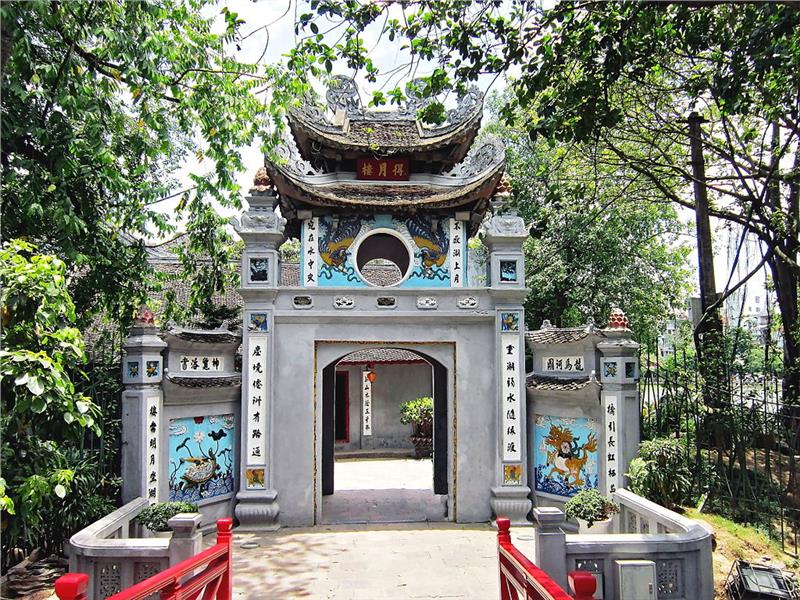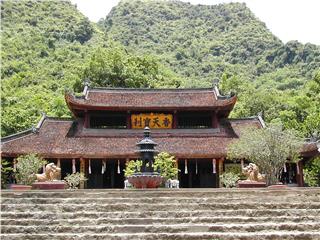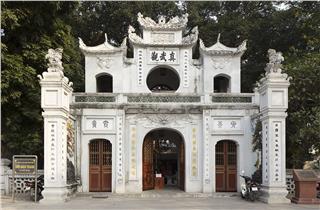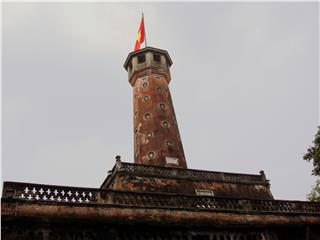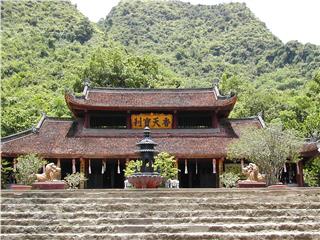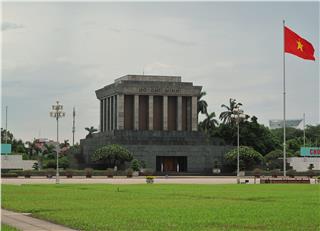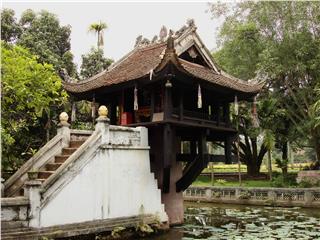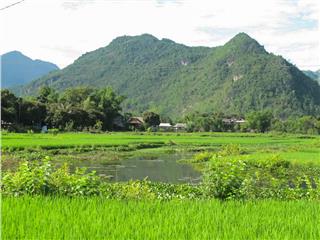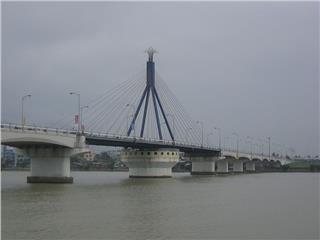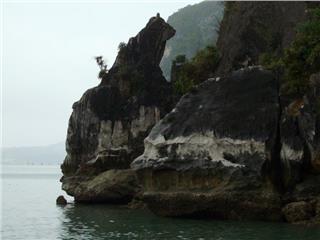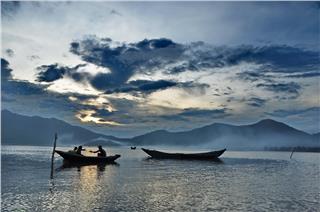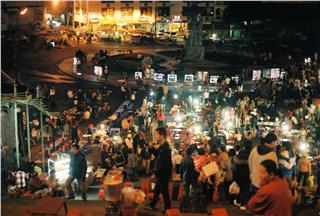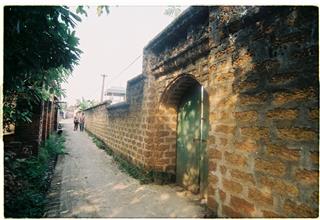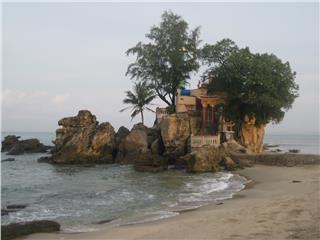Being prominent in the middle of Hoan Kiem Lake, Ngoc Son Temple was built on a small island in the north of the Lake. Very few people know that the Temple experienced many periods to preserve the special and ancient beauty as today.
Some people said that when referring to Hanoi attractions, if the Temple of Literature is the leading cultural and historical site in Hanoi, Hoan Kiem Lake - Ngoc Son Temple (the Temple of the Jade Mountain) is the most scenic natural landscape of the city. Whenever referring to Hoan Kiem Lake, people often remember other outstanding structures such as Pen Tower, The Huc Bridge, Turtle Tower, Tran Ba Temple, etc. which are closely related to Ngoc Son Temple.
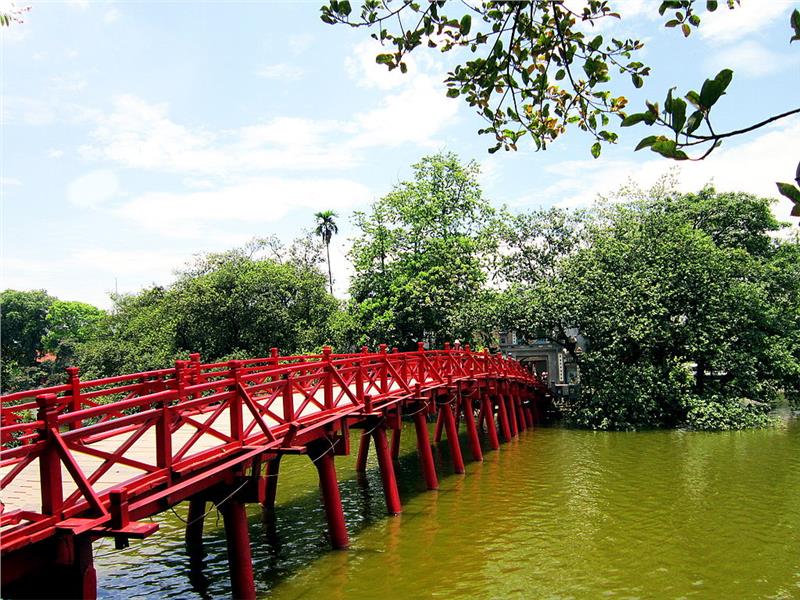
With regard to history, Ngoc Son Temple was built in 19th century. Initially, the Temple was called Ngoc Son Pagoda. Later on, the Temple was renamed as Ngoc Son Temple because the place was only used to worship a scholar Van Xuong and Tran Hung Dao, a hero of Vietnam in 13th century, who defeated Nguyen invaders (China). In 1985, Confucian Nguyen Van Sieu took in charge of remodeling the Temple. Some other structures like Pen Tower, Tran Ba Temple, The Huc Bridge were constructed in this time.
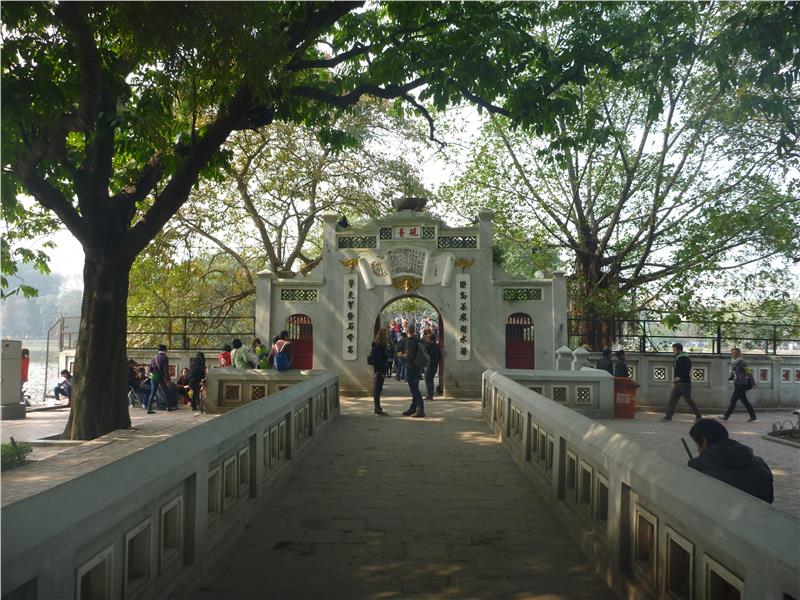
Ngoc Son Temple is the unique architectural ensemble located next to Hoan Kiem Lake. To enter into the Temple, tourists will across The Huc Bridge and walk through Tam Quan, which means three - passage Gate. In the outside of the first gate, two Chinese letters were painted in red color which means Happiness (Phuc) in the right and Prosperity (Loc) in the left. Behind the first gate is Pen Tower (Thap But) made from stones and located in Doc Ton Mountain. Pen Tower has five storeys with the height of 28m. The peak of the Tower has the shape of a feather quill pen pointing toward the sky. The body of the Tower were carved three letters "Ta Thanh Thien", which means "Writing on the clear blue Sky". The Pen Tower aims to emphasize the temple dedicated to literature and poetry. The second gate is surrounded by Taoist symbols. Specifically, on the right hand is a symbol of a dragon, on the other hand, in the left is a tiger. These symbols are characterized for the stability of a large construction, which follows the feng shui theory. The last gate has high wall, roof and rolling doors. On the roof, there is large stone representing for an inkpot, therefore, this gate was named Dai Nghien (the Writing Pad or the Ink-slab) having the shape of a half of a peach. Nguyen Van Sieu put this stone on the roof so that the shadow of the Pen Tower will fall on the ink stone on May 5th each year.
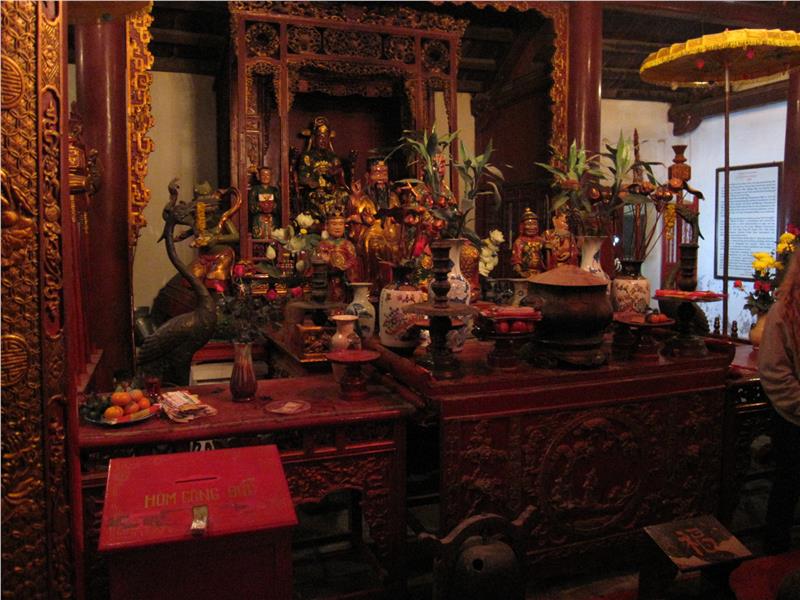
As mentioned before, if tourists want to enter into Ngoc Son Temple, they have to cross through a wooden bridge painted in red color named The Huc Bridge (the Bridge of the Rising Sun). The Bridge has 32 circular pillars made from concrete, on the other hand, floor and railing of the bridge made from wood. The red Bridge looks very striking on the blue water of Hoan Kiem Lake. Crossing through the bridge, tourists will set foot in Dac Nguyet Lau (Moon Gazing Pavilion). Moon Gazing Pavilion has two floors, in which the second floor has two roofs and two circular windows. In addition, in the south of the Temple there is a temple named Pavilion Waves (Dinh Tran Ba), which indicates the meaning of stably standing in the chaotic waves of contemporary culture.
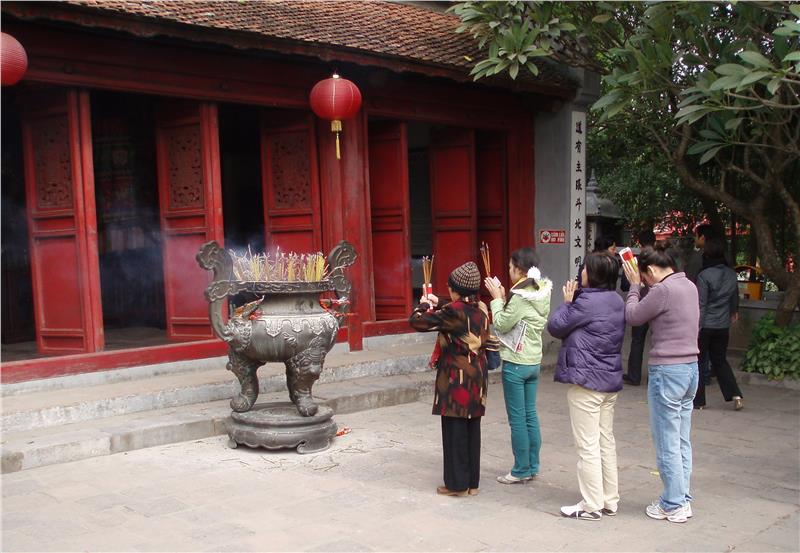
In general, the architecture of Ngoc Son Temple has ancient beauty in harmony with nature. It also is a place containing a lot of historical and cultural symbols imbued with the soul and the thought of scholars at that time. Along with Hoan Kiem Lake and Turtle Tower, Ngoc Son Temple is a typically cultural and historic monument of Hanoi in particular and Vietnam in general. This is an ideal attraction in Hanoi for who wants to explore Hanoi Zeitgeist in the past.
